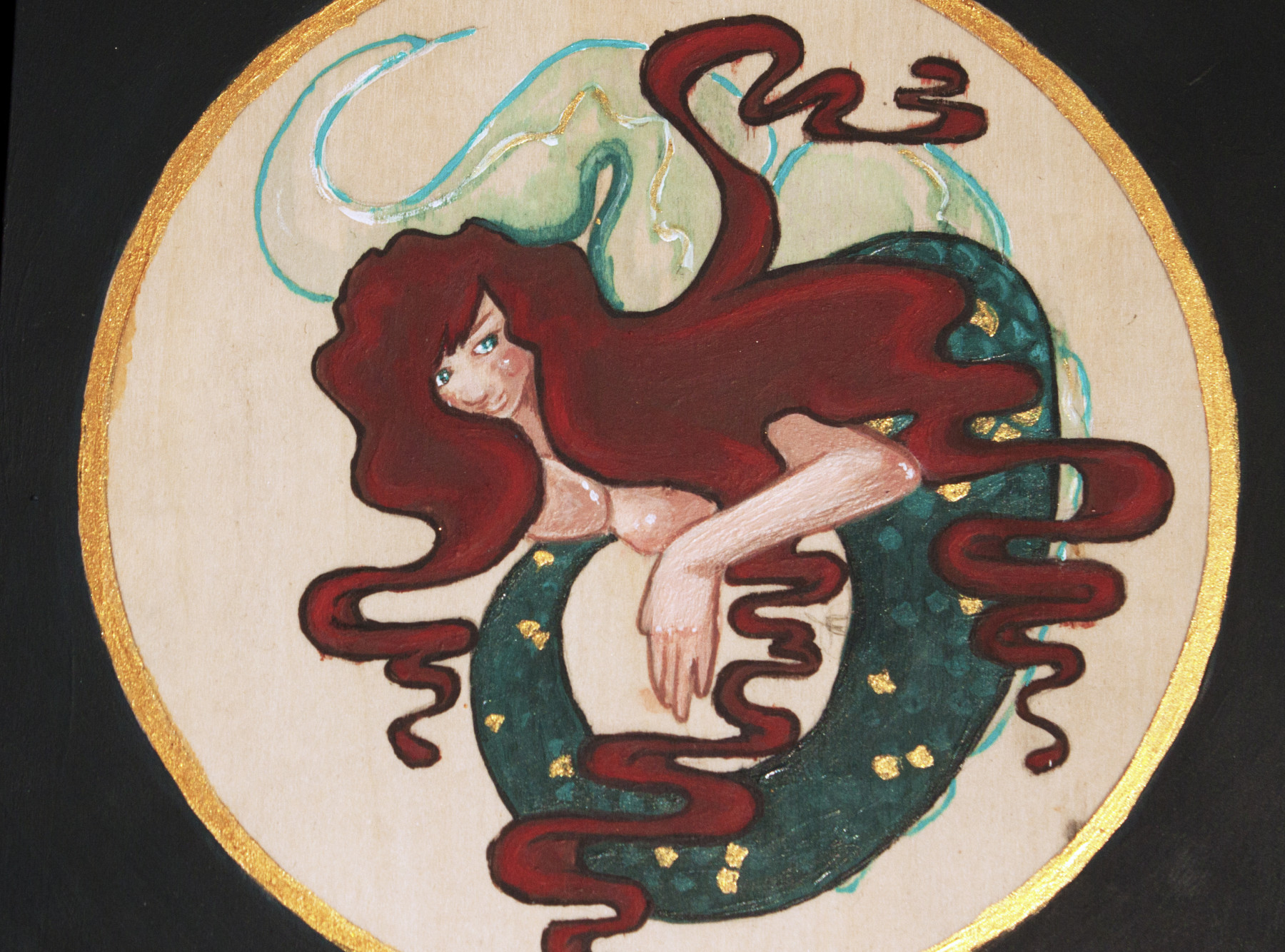
This is a TEM diffraction pattern of graphene on nucleopore film (homemade).
My work with graphene involves depositing carbon onto a copper substrate, and then etching the copper off after adhering the graphene film to an etch-resistant grid. Beautiful, symmetric images like this are why I chose materials science in the first place. The hope is that these grids with increased conductivity can add stability to electrically unstable proteins by quickly replacing lost charge.
A fun experiment was to do the math to show that this is indeed the diffraction pattern of graphene (although any crystallographer would know what the reciprocal lattice will look like instinctively)
Techniques: TEM, CVD Graphene Formation, Metal Wet Etch
Proof:
Graphene is a single layer of carbon atoms. The crystal structure has the symmetry p6mm, with carbon atoms at Wycoff positions b. The lattice parameter, p, for graphene is 2.46 Å.
Carbon atoms can be found at points in the unit cell on at least 3 mirror plane symmetries.
Calculate the Reciprocal Lattice Vectors:
We know our constraints for our Reciprocal lattice are:
We have the system:
Solve:
If you plot these two vectors with translational symmetry, you get the lattice pictured above. There is intensity contributed at all lattice points by this structure, so what you see is the lattice we solved for itself.
